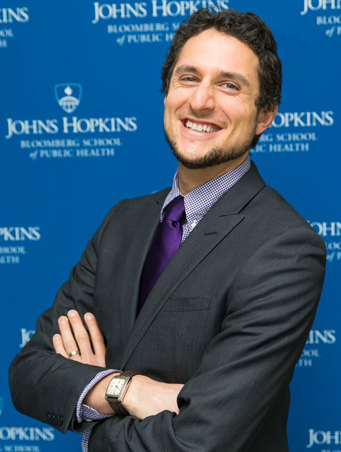Health Equity Blog
By Garrett Matlick
Healthy People is a federal program that creates population-based health goals and objectives for the U.S. to reach 10 years into the future. This program started back in 1979 and recurs every decade. This iteration—Healthy People 2030—is to make plans for what the health of the U.S. people (us) should look like by then. For public health nursing, our goal is to work with not just individuals but within communities and populations to ensure the goals of Healthy People are met, especially those that affect health equity as the American Nurses Association requires nurses to consider in its code of ethics.
One of the foundational principles of The Healthy People 2030 framework is “Healthy physical, social, and economic environments strengthen the potential to achieve health and well-being.” It’s incredibly important that the government actively recognizes social, physical, and economic environments as critical to the health and well-being of its people. This is, without hesitation, some modicum of progress. However, two aspects of this statement need amending.
One item requires further delineation: the word “physical.” The statement suggests that healthy physical environments will lead to the potential of a healthier population. This is true, but it needs to be further broken down so that there is no doubt what the term physical refers to. The term should state “physical (built & natural)” as both influence one another and greatly affect social equity. I can think of no better example of this interplay than during the recent natural disaster of Hurricane Harvey.
One major study of flood casualties in Texas observed that the most vulnerable populations in natural disasters are often poor and minority. Researchers quote a United Nations Development Programme official: “Natural disasters are in fact social disasters waiting to happen that may be triggered by a particular natural force.”
In regard to Hurricane Harvey, this also seems to be the case as poor, marginalized communities in the Houston area were most affected: those without the resources to heed a call to evacuate, undocumented individuals and families afraid to pass still-open immigration checkpoints, and poor, marginalized communities of color whose only option for residency happens to be near industrial superfund sites where flooding could mean a toxicological disaster. Truly, environmental justice in the interplay of both the built and natural environments is inseparable.
The second problematic aspect of Foundational Principle 4 is one missing in its entirety and directly interrelated: the psychological environment. Some might argue that mental health is its own category, solely intrapersonal and separate from social environments. However, I would argue that mental health is heavily intertwined in not just intrapersonal biochemical reactions but interpersonal and inter-social interactions as well.
Foundational Principle 4 certainly uses “social” to describe one of its three environments but doesn’t go far enough to describe the psychological impact that each of the three environments have on an individual’s and a community’s perceptions of the world around them and how it impacts their well-being. One example is that of immigrant Latinx dairy workers who cited long-lasting psychological effects based on managerial threats to take away their homes. Even in environments of purported safety, black men ages 15-24 are 19 times as likely to be murdered by firearms in their community as white counterparts. In addition, young black men are more likely to face traffic stops, arrests, criminal charges, and legal interventions (i.e. police shootings) than white counterparts. Indeed, the aforementioned environments contribute to a psychological environment that often leads to negative outcomes for our citizens.
These very real issues must be addressed. Public health nurses address concerns of individuals and communities living in these environments every day; this is a concept true not just in the U.S. but in other countries as well. Their thoughts and suggestions could be useful to improve these living conditions.
Using more explicit terms can create accountability and effect real change in U.S. communities. Public health nursing professionals commit to establishing positive, healthy environments every day. We could do well to apply these ethical and social commitments to improve the framework of Healthy People 2030 and the health of the nation.

Garrett Matlick is a Returned Peace Corps Volunteer (Cambodia 2010-13) studying for his MSN (Family Nurse Practitioner) with a joint MPH degree. His interests include mental health, substance use, homelessness, and family planning. He plans to further his education by pursuing a post-master’s Psychiatric Mental Health Nurse Practitioner certificate as well as a Doctorate of Nursing Practice to explore the intersection of routine physical and mental health in the primary care setting.
